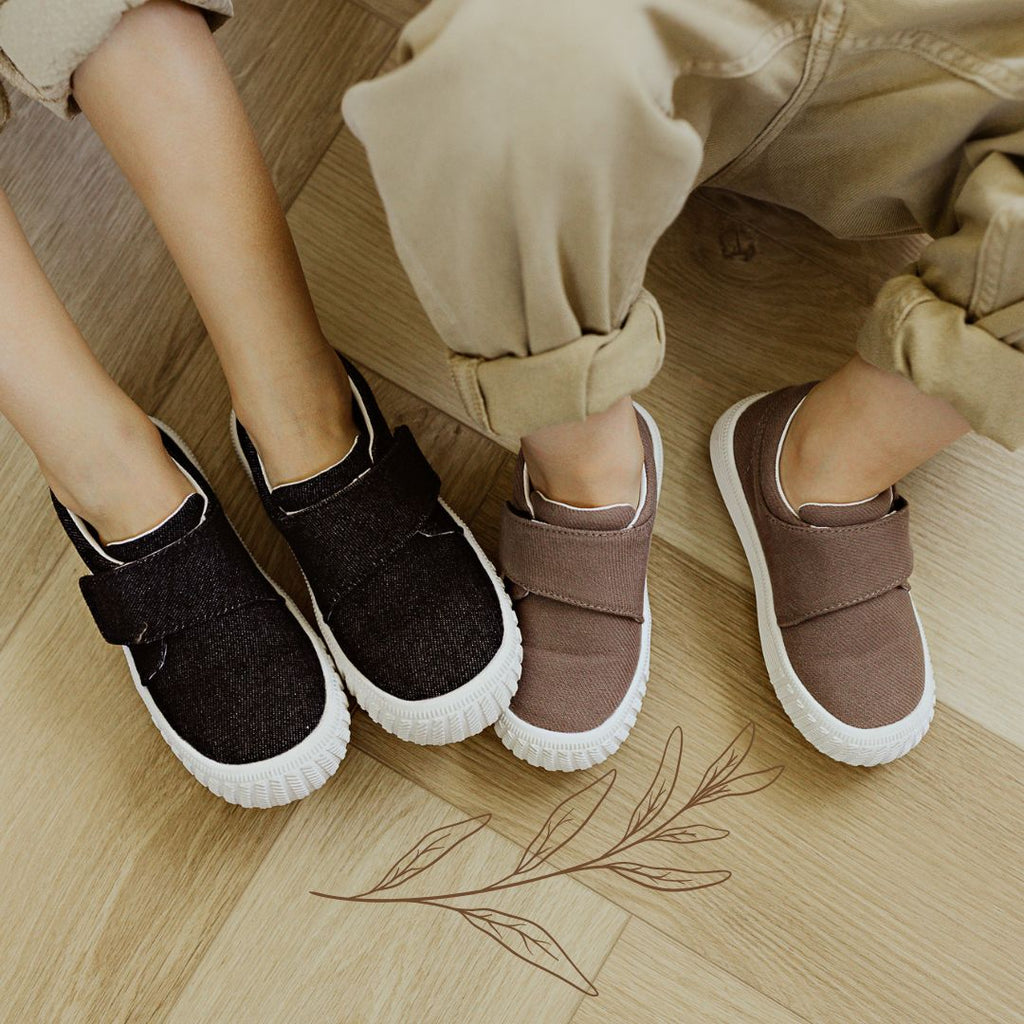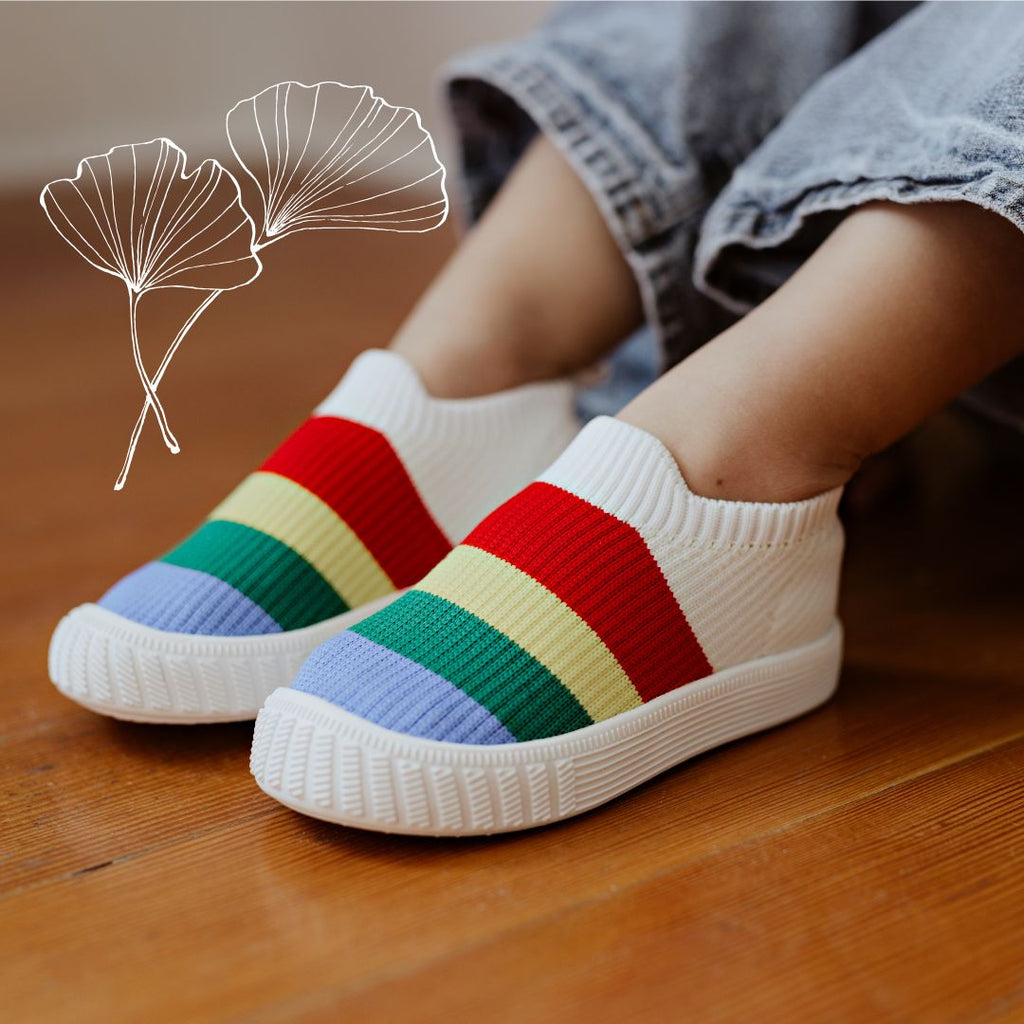When it comes to choosing shoes for kids up to age 6, parents face the delightful challenge of combining style, comfort, and practicality. Young children’s feet grow rapidly, and proper footwear is essential for healthy foot development. Let’s explore some tips and tricks to make your shopping experience fun and successful.
Why Proper Shoes Matter
Children’s feet are delicate and still developing. Ill-fitting shoes can lead to discomfort, blisters, and even long-term issues like improper posture. That’s why it’s crucial to select shoes that support their growing feet while allowing freedom of movement.
Tips for Picking the Right Shoes
-
Measure Often: Kids’ feet can grow as much as half a size every few months. Make it a habit to measure their feet regularly, especially during growth spurts.
-
Prioritize Comfort: Look for shoes with cushioned insoles, breathable materials, and flexible soles. Avoid shoes that pinch or leave marks on your child’s skin.
-
Opt for Adjustability: Shoes with Velcro straps, elastic laces, or adjustable buckles are easier for young kids to put on and provide a secure fit.
-
Choose the Right Material: Lightweight and breathable materials, like mesh or leather, can keep little feet comfortable and prevent overheating.
-
Consider Toe Room: Ensure there’s about a thumb’s width of space between the tip of the shoe and your child’s longest toe. This allows for natural movement and growth.
Shoe Styles for Every Occasion
Playtime Sneakers: Durable and designed for running, jumping, and climbing, sneakers are a must-have for active kids. Look for non-slip soles for added safety.
Dress Shoes: For special occasions, choose stylish yet comfortable dress shoes. Soft soles and cushioned insides are a plus.
Fun Tips to Involve Your Kids
Shopping for shoes can be a bonding experience. Let your child pick their favorite colors or patterns from the options you’ve preselected. This way, they feel involved and excited to wear their new shoes.
Caring for Your Kids’ Shoes
-
Rotate Pairs: Having more than one pair helps extend the life of each shoe and allows time for airing out.
-
Clean Regularly: Wipe shoes clean after messy adventures to keep them looking fresh.
-
Inspect Often: Check for signs of wear and tear, such as holes or worn-out soles, to ensure continued comfort and support.
Growing Feet, Growing Fun
Every step your child takes is a step toward exploring their world. With the right pair of shoes, they can do so comfortably and safely. Whether it’s a pair of colorful sneakers for the playground or cozy boots for a rainy day, the perfect pair of shoes helps kids stay active and happy.


